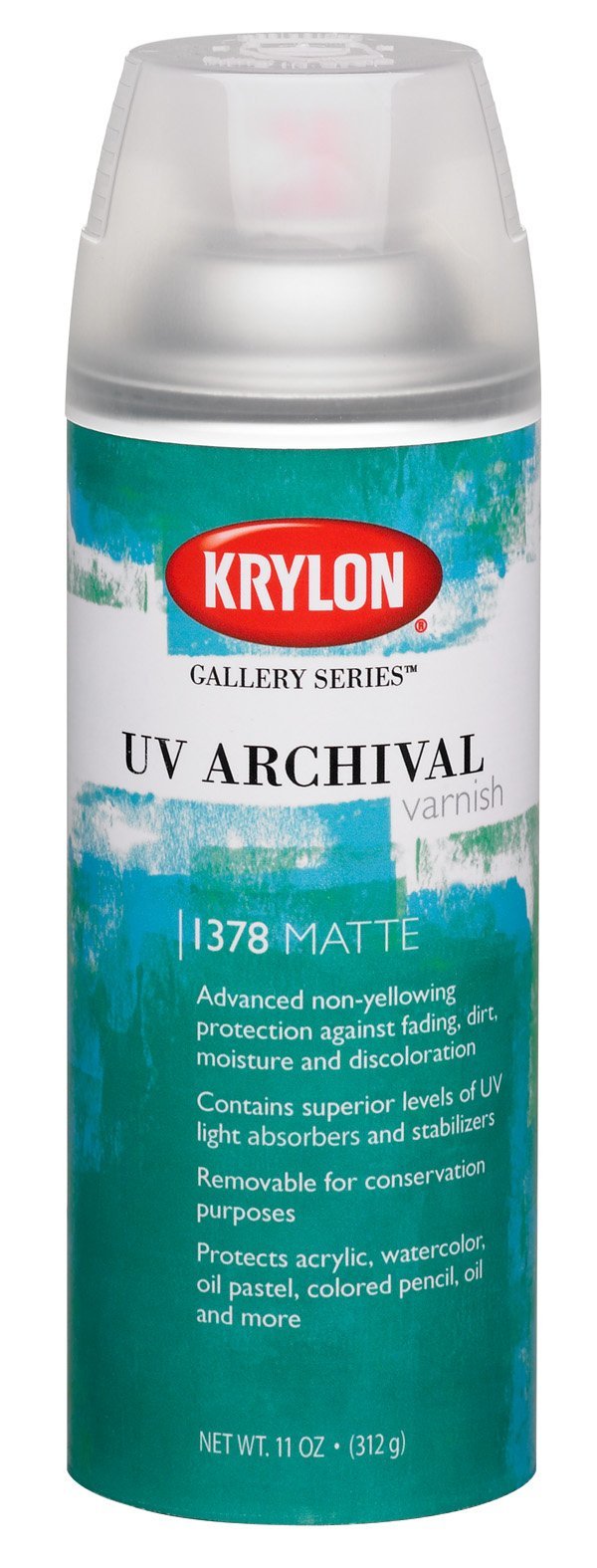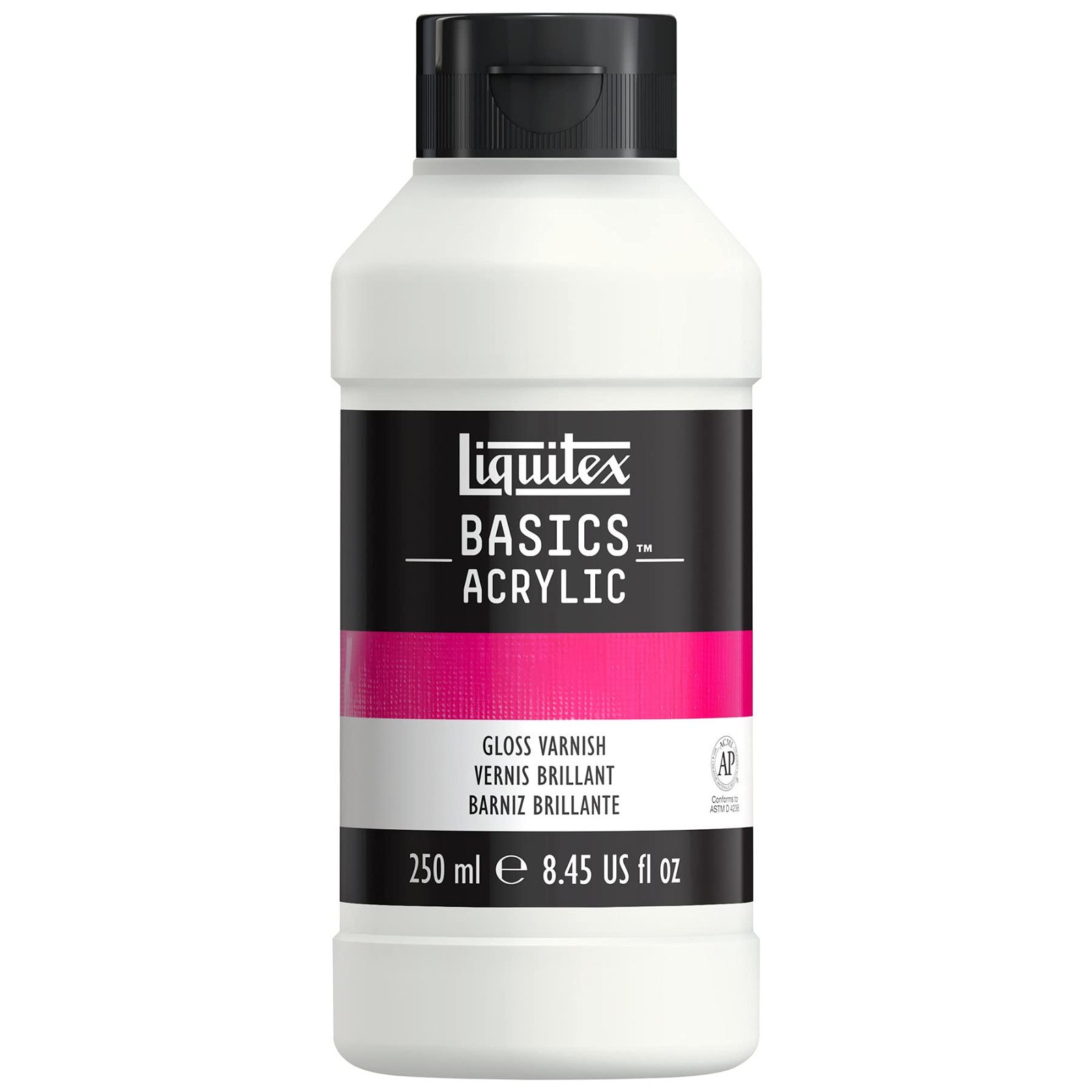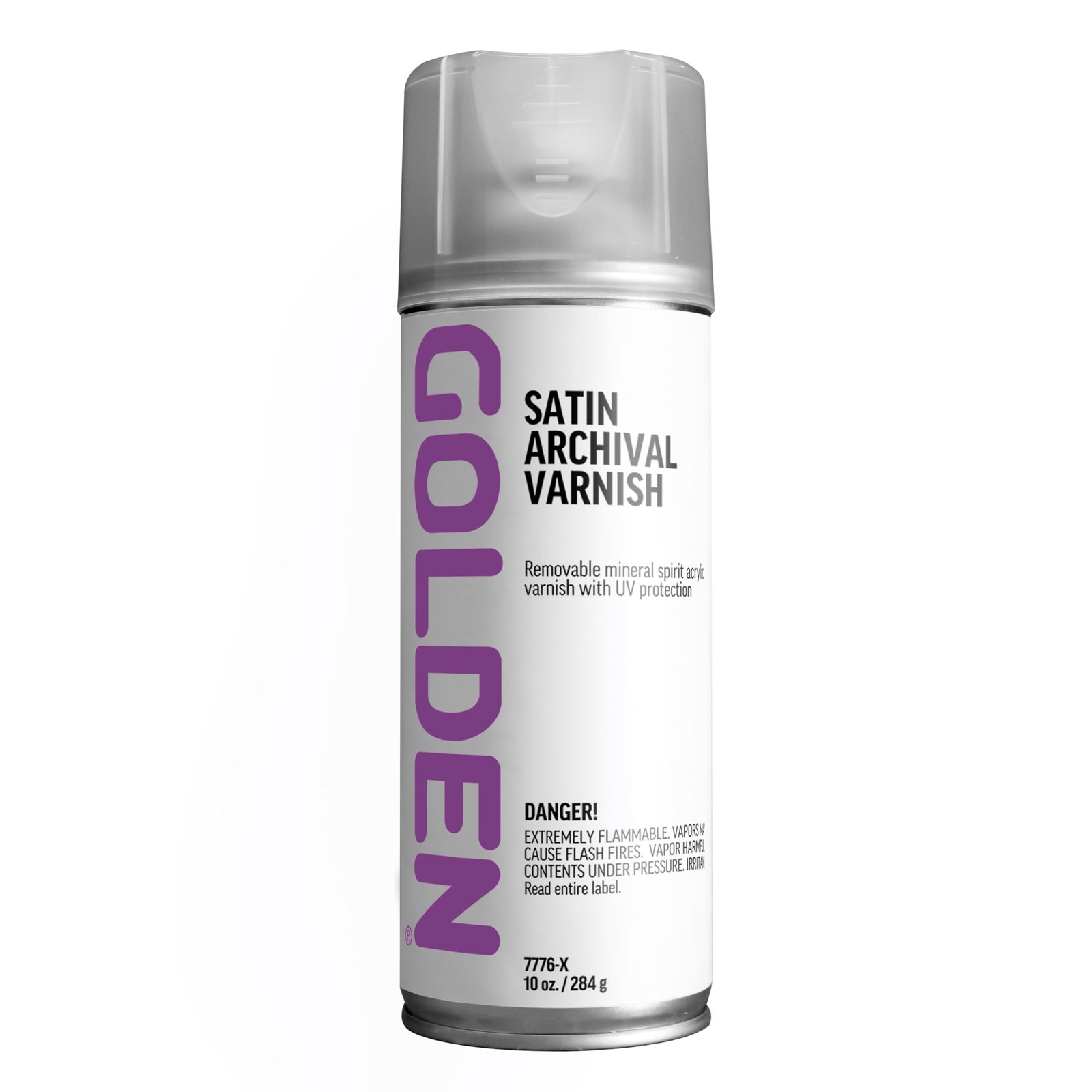Archival varnishes and sealants are essential for protecting fine art from environmental factors.
A good varnish helps safeguard a piece against dust, dirt, moisture, and UV light.
By forming a protective layer, these products can enhance the vibrancy of colors while ensuring the artwork’s longevity for future generations.
Choosing the right varnish or sealant is essential for anyone looking to preserve their art.
There are various types available, from water-based to solvent-based options, each with its pros and cons.
Additionally, the finish—whether glossy, satin, or matte—can significantly affect the appearance of the artwork.
Factors like toxicity and drying time also matter greatly, as they can influence not just the application process, but also the health and safety of the artist and their environment.
Before making a purchase, it’s important to consider the specific needs of your artwork and the materials used.
Researching the product’s compatibility, usability, and overall protective qualities can save you from potential issues down the line.
Top 6 Archival Varnishes and Sealants for Fine Art Preservation
I’ve put together a list of the top archival varnishes and sealants that will help keep your fine art looking fresh and vibrant for years to come.
These products offer excellent protection while ensuring that your artwork remains true to color and texture.
Let’s take a look at the best options available!
Krylon Gallery Series UV Varnish
This spray varnish is a solid choice for preserving your artwork with excellent UV protection.
- Protects against dirt, moisture, and fading
- Non-yellowing formula ensures clarity over time
- Quick drying time makes it convenient to use
- Some users have reported nozzle issues
- Requires careful application to avoid frostiness
- Performance can vary in different humidity levels
Applying Krylon’s Gallery Series UV Archival Varnish offers an effective way to shield my fine art pieces from environmental damage.
The matte finish enhances the artwork without altering colors, which is always a plus for me.
With added UV stabilizers, it helps prevent fading and discoloration, making it a reliable option for long-term preservation.
This varnish is easy to work with, and the quick dry time keeps my workflow efficient.
I can handle the pieces just a couple of hours after applying, which is great when I’m in the middle of a creative project.
Plus, re-coating is straightforward, so I can adjust as needed without any hassle.
Although I’ve noticed some variations in application results, especially with nozzle performance, the benefits generally outweigh the downsides.
Ensuring good ventilation and a controlled spray technique has given me the best results, allowing me to confidently protect my creations.
Liquitex BASICS Gloss Varnish
I think this product is a solid choice for anyone looking to protect their acrylic paintings without breaking the bank.
- Permanent gloss finish that enhances artwork
- Non-yellowing formula for lasting clarity
- Versatile; can be mixed with matte varnish
- The gloss may not be as shiny as expected
- Requires a large soft brush for best results
- Some users found application tricky at first
This varnish stands out for its dependable performance and user-friendly application.
The clear finish enhances the colors of my paintings without altering their appearance over time.
The permanence of the product provides peace of mind that my work will remain protected.
I appreciate the versatility of being able to mix it with matte varnish to adjust the sheen.
This means I can customize the finish according to my preference, which is a nice touch.
The ACMI certification also assures me that it’s safe for educational use, making it a great option for classrooms and workshops.
While it does require a soft brush, which can be a bit of a hassle, the overall ease of application makes up for it.
The varnish dries quickly and smoothly, allowing me to move on to my next project without delay.
If you’re looking for reliable protection for your artwork, this varnish is definitely worth considering.
Liquitex Matte Varnish
This varnish is a solid choice for anyone looking to protect their acrylic artwork.
- Easy to apply and versatile for different finishes.
- Non-yellowing formula ensures long-lasting clarity.
- Water-resistant and flexible when dry.
- May take time to dry completely clear.
- Application in cold weather can become tricky.
- Not ideal for use below specific temperatures.
I find that Liquitex’s Professional Matte Varnish offers great protection for my acrylic paintings.
The formula resists yellowing and humidity, which means my colors stay vibrant over time.
It’s nice knowing that it dries to a flexible surface that’s also water-resistant.
The versatility is a major highlight.
I can use it with different application methods, though I’ve found spraying it delivers the smoothest finish.
The matte sheen it provides is perfect for giving my artwork a refined look, allowing colors to maintain their integrity without the unwanted gloss.
One thing to keep in mind is the drying time.
Initially, I noticed a slight cloudiness while it was wet, but patience is key, as most of that clears up as it dries completely.
As always, ensure that temperature conditions are right for application, especially if you’re working in a cooler environment.
Timeless Archival Varnish
This varnish is a solid choice for anyone looking to protect their fine art prints while keeping them looking great.
- Offers long-lasting protection for over 100 years.
- Water-based formula simplifies cleanup and reduces harmful fumes.
- High-quality finish enhances the appearance of prints.
- Can be tricky to apply without leaving bubbles.
- Potential for ink lifting if not used carefully on certain surfaces.
- Requires attention to application technique for best results.
Timeless Archival Print Varnish is crafted for those who take their art preservation seriously.
The satin finish not only protects prints from fading and scratching but also elevates their visual appeal.
It’s easy to forget that protective coatings can enhance the beauty of artwork, but using this varnish proves otherwise.
For application, you have two options: use a foam roller or an HVLP sprayer.
Both methods aim to deliver a smooth finish, but I’ve found that technique matters a lot.
A bit of practice goes a long way to avoid those pesky bubbles and ridges that can sometimes mar a perfect finish.
The cleanup process is refreshingly simple.
Just warm water is all you need to restore your tools to their original state.
This makes the entire experience much more enjoyable, especially for artists working in smaller spaces without professional ventilation.
GOLDEN Satin Archival Varnish
This varnish is a great choice for those looking to protect their artwork with a removable finish.
- Offers UV protection, helping to prevent fading over time.
- Dries to a satin finish that adds a nice sheen without being too glossy.
- Non-tacky surface that resists dirt and dust accumulation.
- Pricey compared to some alternatives.
- May lighten colors upon drying, which could be a concern for some artists.
- Contains chemicals that are known to cause cancer, so precautions are advised.
Using the GOLDEN Satin Archival Varnish can elevate the longevity of various mediums like acrylics and watercolors.
It provides a protective layer while ensuring that the artwork retains its vibrancy.
Its UV stabilizers are a significant advantage for protecting pieces displayed in sunlight.
I appreciate that this varnish can be removed and reapplied, allowing for maintenance and clean-ups without damaging the art underneath.
This feature is especially useful for conservators working with valuable pieces.
Buying Guide
Choosing the right archival varnish or sealant can be a game changer for preserving fine art.
Here are some key features to consider:
1.
Type of Finish
Decide if you want a matte, gloss, or satin finish.
Each has a different effect on the artwork’s appearance.
2.
UV Protection
Look for products that offer UV protection.
This feature helps in preventing fading and color loss over time.
3.
Drying Time
Check the drying time.
A quicker-drying sealant can save you time, especially if you’re working on multiple projects.
4.
Ease of Application
Consider how easy it is to apply.
Some varnishes spray on while others require a brush.
I prefer a method that feels comfortable in my hands.
5.
Non-yellowing Formula
A non-yellowing sealant maintains the original colors of my artwork.
This is essential for ensuring longevity.
6.
Compatibility
Make sure the varnish or sealant is compatible with the type of medium I used.
Check if it works with acrylic, oil, or watercolor.
Quick Reference Table
| Feature | Importance |
|---|---|
| Type of Finish | Affects artwork appearance |
| UV Protection | Prevents fading |
| Drying Time | Impacts work efficiency |
| Ease of Application | Affects user experience |
| Non-yellowing Formula | Maintains color integrity |
| Compatibility | Ensures optimal results |






